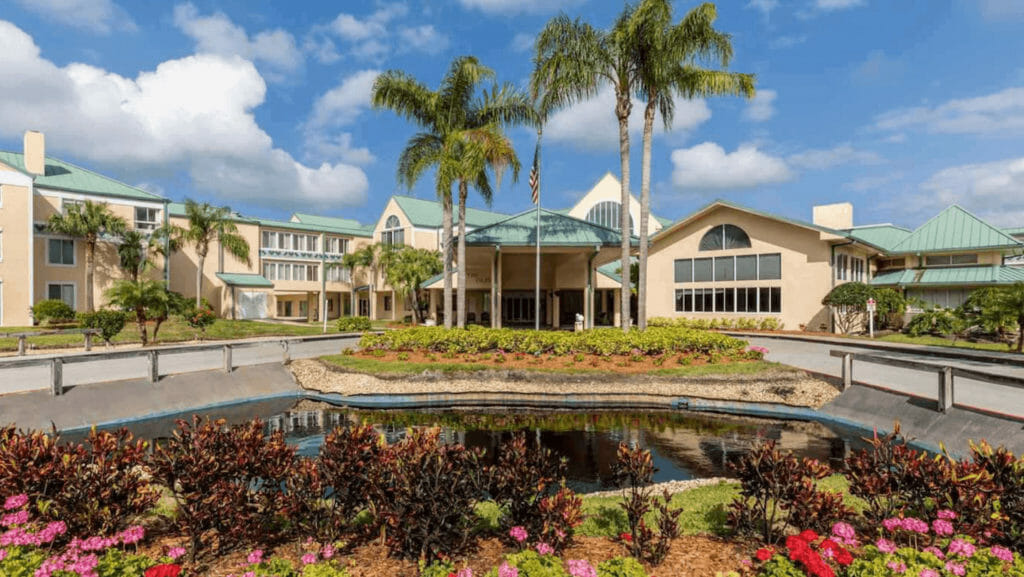We who work in senior living know that the number of Americans aged 65 or more years is projected to almost double from 52 million in 2018 to 95 million by 2060 (the specific figure I quote is according to a recent report by the Population Reference Bureau). This increase will translate to increased demand for all types of senior living communities.
We also know that when an older adult determines that he or she no longer can remain at home, there are many options to consider, from aging-in-place at home with support to senior communities that offer a continuum of care. Some seniors need more extensive care, which limits their choices. But for others, one option many offer allows for a high level of independence while providing flexible home and healthcare. This option — independent living paired with a la carte health services — could be considered “a hidden gem” within the senior housing spectrum. As baby boomers age, I believe there will be growth in this model because of the value it offers, because older adults can save money by paying only for what they need.
While enabling older adults to enjoy a higher level of independence, a model with a la carte services still offers the reassurance provided by 24-hour on-site medical staffing for all residents. Plus, if and when needed, seniors choose what homecare and healthcare services they want through a partnership with a trusted provider. This allows for personalized services as needed, from laundry, to medication management, to assistance with bathing, to physical therapy.
For example, at The Grand at Twin Lakes, a 118-unit independent living community in Palatine, IL, a suburb of Chicago, 30% of residents use a la carte services — from the non-medical, such as bathing and dressing, to more extensive healthcare.
There are several primary benefits of an independent living community with a la carte home care and healthcare we can market to prospective residents.
For one, it can be a better value for senior living. For independent residents, a menu of services can provide tremendous value. When the need for help is temporary, a resident can remove the services later and is not locked into paying. At senior living communities with a continuum of care, residents initially may move into an independent apartment but once their health declines — even minimally — they may be transferred to assisted living and pay a higher rate.
One resident at The Grand who previously lived at an assisted living community now saves $2,000 a month using only services she needs. Another resident recently broke her arm and pelvis and used a la carte home health services while recovering. She reduced the number of services until she did not need assistance. She estimates she would have paid $6,000 to $9,000 a month for this care at an assisted living community.
Another benefit we can market is that residents may be able to maintain independence – and dignity — and live independently longer at an independent living community with a la carte home care and healthcare. At The Grand, a 102-year-old resident who was one of the first to move in is now aging-in-place at the community, all because of the ability to purchase home care and healthcare from a menu of services. Some other independent living communities may limit assistance to meals and housekeeping; both are critical, but aging-in-place requires options for a robust selection of health services.
Also, an independent living community with a la carte healthcare may offer flexible care plans for full-time health needs and end-of-life stages. Residents can remain in their independent apartment and add healthcare services for whatever needs arise, including hospice. Family members can have the peace of mind that a loved one can stay in their apartment and help can come to them, which means less trauma and stress.
And such communities also may offer amenities and wellness programming. Independent living communities offer amenities and programming geared toward active seniors and those who are more sedentary due to health restrictions or advanced age. Some also offer a higher- than-usual number of indoor and outdoor amenities, which cater to the desire for fresh air, nature walks and more athletic pursuits. At The Grand, 39% of the space is dedicated to amenities, and the community is adjacent to a 10-acre recreation area with a fishable lake, walking path and golf course.
Senior living providers offering independent living can market their offering with a la carte home care and healthcare services to appeal to older adults who do well caring for themselves but anticipate needing more assistance in the future — or those who need some assistance now and want to make the most of their dollars. This model will be in more demand in the coming years as baby boomers seek value-based, flexible options that allow them to cherish their independence while receiving a customized level of care and services.




